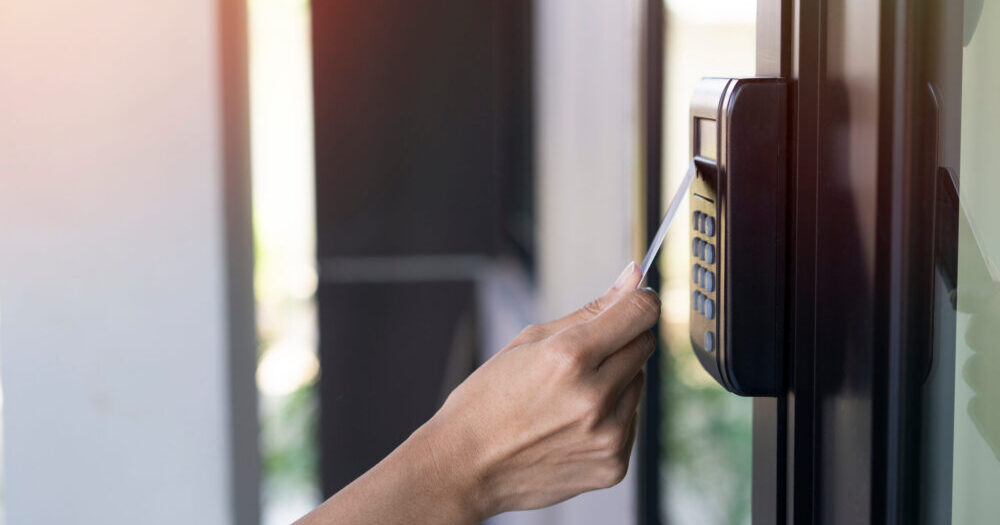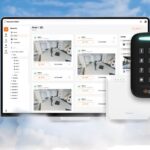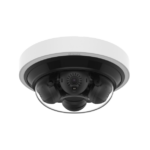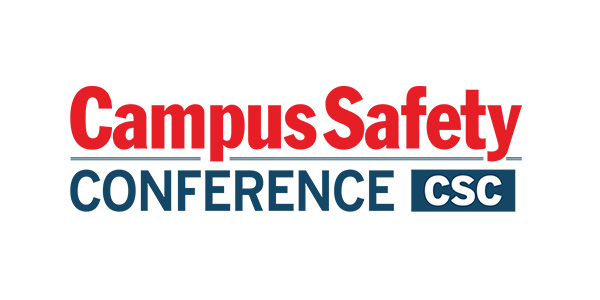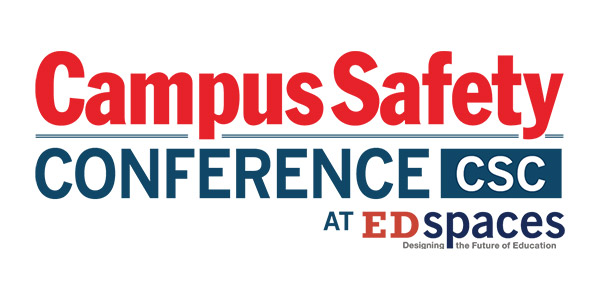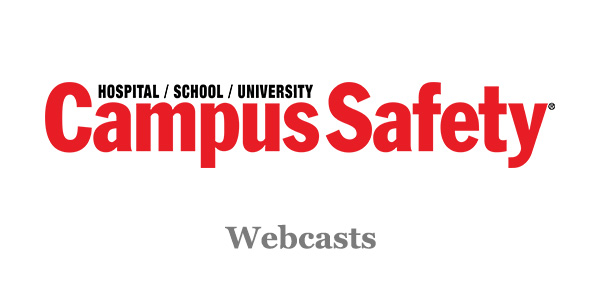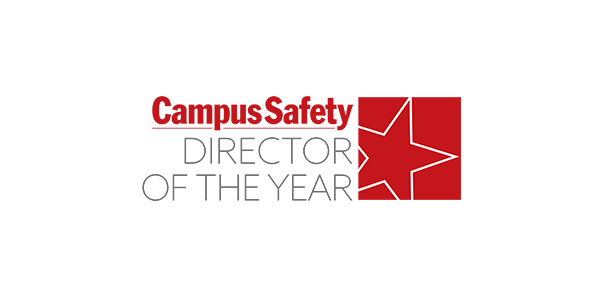Security has transformed dramatically over the past several decades. Access control has evolved from straightforward lock-and-key systems into complex, multi-layered defense mechanisms designed to counter both physical breaches and increasingly sophisticated cyber-risks.
Partnering with providers who fully understand this dynamic environment is critical. Providers must deliver reader solutions engineered for long-term reliability, adaptability, and security in an ever-changing landscape.
Related Article: Why Campuses Should Consider Open Technology and Interoperable Access Control Credentials
The following eight criteria are essential for security professionals to consider when selecting an access control provider. These reflect both technical realities and practical challenges faced daily in the field.
1. Understand That Legacy Access Control Solutions Are No Longer Sufficient
Legacy access control security systems, such as proximity readers from the 1990s and Wiegand protocols from the 1980s, provide lower levels of protection. For example, Wiegand transmits data in clear text without encryption, that may be vulnerable to interception and replay attacks. Proximity cards relying solely on static data can be cloned with inexpensive tools, putting physical security at risk.
Many modern “smart” readers also fall short if they lack features such as mutual authentication or strong encryption. Providers must take a proactive approach, designing reader solutions that not only meet current standards but also anticipate and mitigate emerging risks. This includes embracing strong encryption, secure communication protocols, and hardware-level protections as standard features.
2. Expect a Layered, Comprehensive Security Architecture
Security is most effective when constructed as a layered system. Multiple safeguards — such as advanced encryption, mutual authentication, hardware protections, and secure communication protocols — work together to prevent unauthorized access.
If an attacker breaches one layer, subsequent layers serve as critical barriers. For example, even if a credential is cloned, mutual authentication between the credential and reader can prevent unauthorized entry. Similarly, encrypted communication protocols prevent attackers from intercepting or manipulating data between the reader and control panel.
Providers should clearly demonstrate how their readers integrate these layers to deliver resilient security against both digital and physical attacks.
3. Insist on Strong Encryption and Mutual Authentication
Encryption is a fundamental consideration for securing access control readers. Robust encryption standards such as AES with 128-bit or 256-bit keys protect communications between readers, credentials, and control systems. Mutual authentication — where both the credential and reader verify each other’s identity before granting access — is recommended to prevent unauthorized impersonation.
Related Article: Using a Systems-Based Approach to Address School Security
For cloud-connected systems, support for Transport Layer Security (TLS) protocols will safeguard data transmission against interception and tampering. TLS protects both the data and the integrity of the communication channel, making man-in-the-middle attacks far more difficult.
4. Verify Support for Industry Standards Like OSDP with Secure Channel
Industry standards are vital for interoperability and security assurance. The Open Supervised Device Protocol (OSDP) with Secure Channel encryption has become the benchmark, replacing legacy protocols such as Wiegand.
OSDP Secure Channel encrypts data transmissions, prevents replay attacks, and detects tampering. Unlike Wiegand, which sends data unencrypted and unidirectionally, OSDP supports two-way communication. This allows the control panel to supervise the reader’s status and detect physical tampering or wiring faults in real time.
Providers who support this standard enable security teams to upgrade legacy systems efficiently while maintaining compliance with evolving regulations, including those set by government and industry bodies.
5. Evaluate Hardware and Firmware Security Measures
Security extends beyond software to the hardware level. Effective reader solutions incorporate locked microprocessors and secure elements that protect cryptographic keys and sensitive data from physical tampering. These secure elements act like hardware vaults, isolating critical security functions from the rest of the device.
Firmware management is equally important. Providers that offer encrypted, digitally signed firmware updates, and also deliver via Over-the-Air (OTA) mechanisms, help to minimize operational disruption. This capability allows security teams to deploy patches promptly when vulnerabilities are discovered—without costly onsite visits.
Fail-safe features that enable rollback to stable firmware versions in case of update failures are equally important. If these safeguards are not in place, a failed update may render a reader inoperable, compromising security and causing downtime.
6. Demand a Dual Focus on Physical and Cybersecurity
Robust security requires addressing both physical and cyber risks. Providers should consider designing readers and locks to resist physical tampering through rugged enclosures and tamper-evident features such as anti-drill plates, sealed housings, and tamper switches that trigger alarms if compromised.
Secure manufacturing processes are equally important. Assembly in controlled environments reduces supply chain vulnerabilities, which can help prevent attackers from inserting malicious components or backdoors before deployment.
Additionally, regular penetration testing, vulnerability assessments, and comprehensive product security programs, including threat modeling and vulnerability disclosure, demonstrate a provider’s commitment to long-term resilience.
7. Prioritize Providers Who Invest in Training and Documentation
Technology alone does not guarantee security. Human error remains a leading cause of breaches. Providers who invest in training integrators, administrators and end users help ensure systems are deployed and maintained correctly.
Related Article: The Many Ways Mobile IDs Can Revolutionize College Campus Life
Look for partners who offer thorough documentation and training on critical topics such as enforcing strong password policies, conducting regular firmware updates, and monitoring system health. These efforts empower security teams to reduce vulnerabilities and respond proactively.
8. Understand the Business Benefits of Security That Innovates and Endures
Campuses require solutions that protect people, property, and data reliably over time. Providers who offer future-proof technology, seamless upgrade paths, enhanced monitoring and resilient system design deliver measurable value.
Campuses must be assured that their access control system, starting with the reader, will adapt with evolving risks, detect unauthorized access attempts, and maintain operation under adverse conditions. This reduces risk, lowers total cost of ownership and builds client trust.
Partner with Providers Who Understand the Stakes
Security is no longer a static challenge; it requires ongoing vigilance, innovation and expertise. The right access control provider is a strategic partner who anticipates evolving risks and delivers reader solutions designed for longevity and adaptability that can meet your specific security needs.
Choosing the right partner can make all the difference and ensure peace of mind. When selecting the next access control provider, consider one with proven expertise and a forward-looking approach. Campuses deserve nothing less than a partner who understands the complexity of today’s security environment and is prepared to meet it head-on.
Mike Gaines is product manager at Allegion. This article was originally published in CS sister publication, Security Sales & Integration, and has been edited.
Note: The views expressed by guest bloggers and contributors are those of the authors and do not necessarily represent the views of, and should not be attributed to, Campus Safety.

